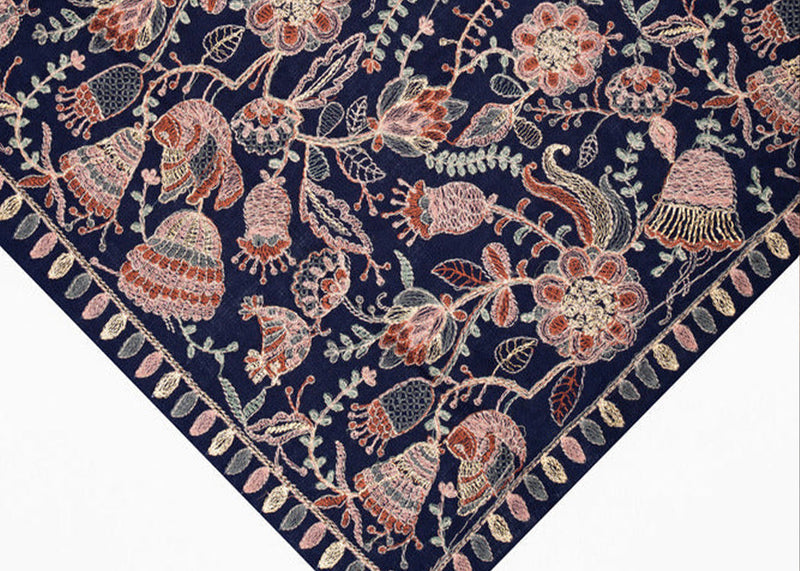- Regular
- Rs.20
- Sale
- Rs.20
- Regular
- Rs.20
- Unit Price
- per

A Kashmiri woolen shawl is more than just an accessory; it's a piece of living history, a work of art, and a testament to centuries of unparalleled craftsmanship. For ladies seeking to add a touch of timeless elegance and warmth to their wardrobe, there is nothing quite like it. At Sarwat, we understand the legacy behind every thread, and we are proud to continue this rich tradition.
But what makes the Kashmiri woolen shawl so celebrated across the globe? It's a combination of unique factors that come together to create an item of true luxury and distinction.
The foundation of the most famous Kashmiri shawls is Pashmina, a word derived from the Persian word "Pashm," meaning "soft gold." This isn't just any wool. Pashmina is the ultra-fine fiber from the undercoat of the Changthangi goat, a rare breed that lives in the high-altitude plains of the Himalayas in Ladakh. To survive the brutal winters, these goats develop an incredibly soft and warm inner fleece, which is meticulously hand-combed, not shorn, once a year. The resulting fiber is exceptionally fine—measuring just 12-16 microns in diameter—making it lighter and softer than regular cashmere.
This rare and precious wool is then transported from Ladakh to the skilled artisans in Kashmir, where the magic truly begins.
The weaving process of a Kashmiri woolen shawl is a slow, painstaking art that has been passed down through generations. The finest shawls are woven on traditional handlooms, a process called Wonun. A single shawl can take weeks or even months to complete, as each thread is carefully interlaced by hand. This labor-intensive method ensures an impeccable weave and a shawl that is both incredibly warm and astonishingly lightweight. The slowness of the craft is a key part of its value, representing a commitment to quality over speed that is simply unmatched in the world of fast fashion.
At Sarwat, we honor this legacy, ensuring that every shawl is a testament to the skill and patience of the artisans who create it.
While the Pashmina wool is the soul of the shawl, the exquisite embroidery is its heart. Kashmiri artisans are masters of needlework, and their intricate designs tell stories of nature and culture. Some of the most famous embroidery styles include:
These motifs, often inspired by the chinar tree, almonds, and local flora, are not just decorations; they are symbols of Kashmir's rich heritage and artistic soul.
The history of the Kashmiri woolen shawl is intertwined with royalty. Favored by Mughal emperors and European nobility, the shawl became a symbol of status, luxury, and refined taste. Empress Joséphine, the wife of Napoleon Bonaparte, famously owned hundreds of these shawls, single-handedly solidifying their place as a fashion icon in Europe. Today, the Kashmiri woolen shawl continues to be a favorite of celebrities and discerning fashion lovers around the world.
A Kashmiri woolen shawl from Sarwat is more than just an item of clothing. It's an investment in a piece of history, a celebration of handcrafted art, and a luxurious addition to any wardrobe. It’s a statement of sophistication that will be treasured for years to come and can be passed down as a precious family heirloom.
Explore our collection at Sarwat and experience the unparalleled beauty and warmth of an authentic Kashmiri woolen shawl.